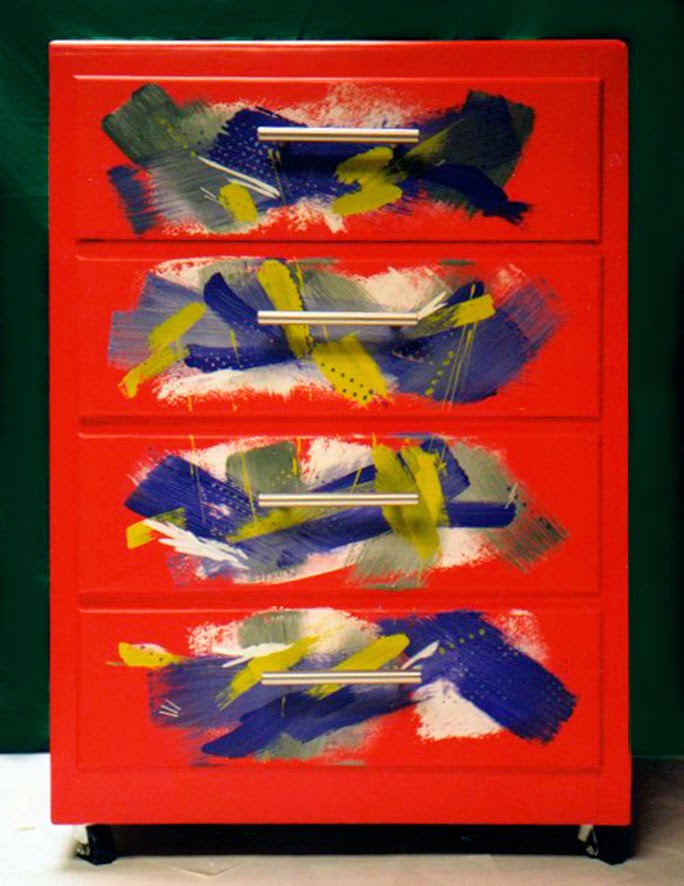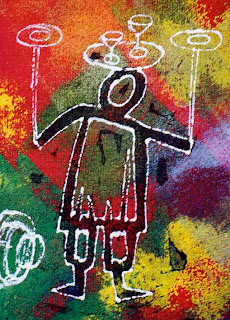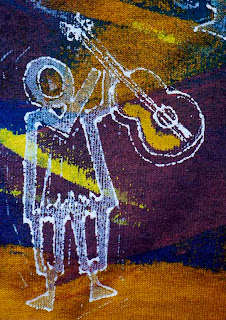I changed the background colour and had nice contemporary handles made to match my painted design. The chest didn't have any feet; I added castors instead. The name Rote Kommode refers to the vibrant red I chose.
Wood, acrylic paint, acrylic varnish, steel. 1998
66x48x97cm
66x48x97cm




















































